Low-carbon urban development is an important measure to prevent carbon dioxide emissions. Countries around the world have reached a consensus on this issue. Vietnam is no exception, being a developing country and applying a traditional high-carbon industrial model.
Practical solutions to stop carbon dioxide emissions
Climate change is becoming increasingly severe and is a common concern of humanity. Industrial production, energy, transportation, construction, etc. are factors that promote the urbanization process.
Many cities and urban areas are also facing air pollution, which causes health risks such as respiratory diseases and premature death, even surpassing that of tobacco. Therefore, reducing carbon intensity and developing low-carbon urban models is the optimal solution.
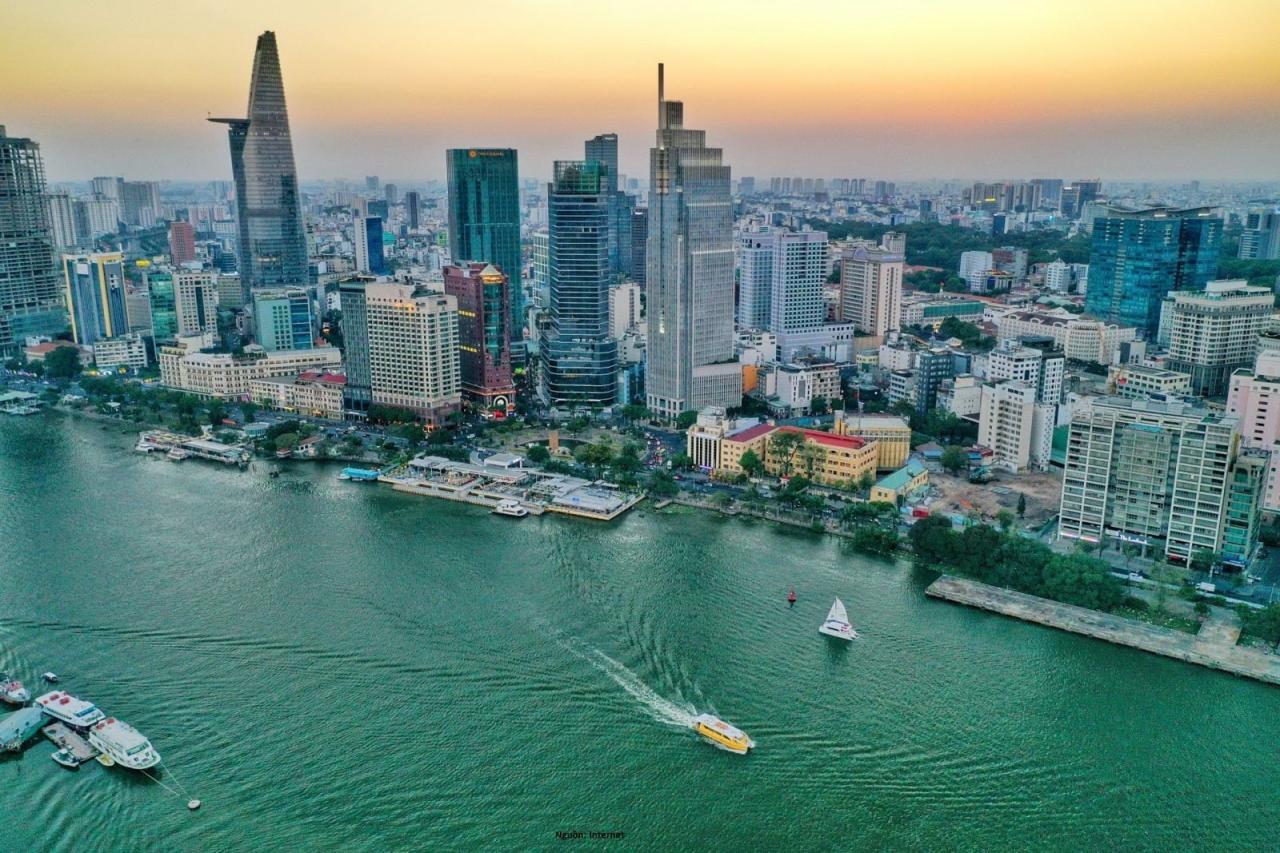
Ho Chi Minh City. Photo: tapchixaydung.vn
According to many experts, the low-carbon urban model through minimizing or stopping energy use to reduce greenhouse gas emissions and prevent global warming is expected to be the fundamental solution to completely eliminate the root causes of climate change.
Cities can reduce carbon emissions to a minimum (ideally zero or negative) through efficient urban planning and design, the use of renewable energy sources, modern technology in management and operation, and changes in residents' lifestyles.
With the international community's commitments to combating climate change, low-carbon urban models in the world are also gradually developing. As of 2022, there were more than 1,000 cities worldwide taking steps to transform to respond to climate change. Some typical megacities are: Rio de Janeiro, New York, Paris, Tokyo, Oslo, Mexico City, Melbourne, London, Milan, Cape Town, Buenos Aires, Caracas, Copenhagen, Vancouver and Hong Kong. In addition, hundreds of cities in developed countries such as the United States, the United Kingdom, Denmark, Germany, Japan, South Korea and even the world's largest developing country, China, are also aiming for low-carbon urban models.
The target of many Vietnamese cities
In Vietnam, a number of cities have been interested in developing low-carbon urban models such as Da Nang, Hoi An, Da Lat, Can Tho, Ho Chi Minh City, Nam Dinh , Hue, Cao Lanh, Sa Pa.
Cities have developed greenhouse gas inventory reports, assessed the level of climate change risks, proposed tasks, solutions and implementation roadmaps along with a number of priority programs and projects, thereby raising awareness among urban authorities and residents.
With the action plan to respond to climate change for the 2021 - 2030 period, with a vision to 2050, Ho Chi Minh City aims to reduce emissions by 10% by 2030 and move towards a low-carbon economy, sustainable development or reduce emissions by 30% with international support.
According to Vice Chairman of the Ho Chi Minh City People's Committee Vo Van Hoan, in Ho Chi Minh City there are 140 large establishments in the fields of energy, construction, industry and trade that need to conduct greenhouse gas inventories according to Decision 01/2022/QD-TTg.
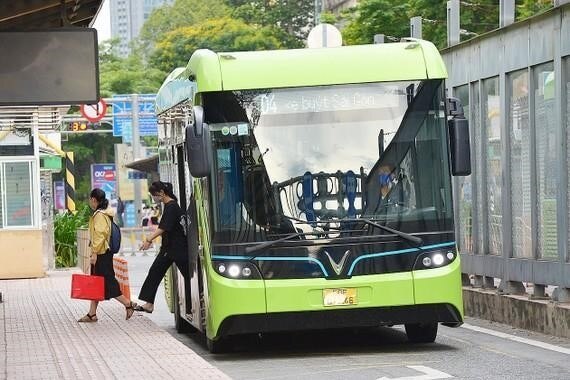
Electric buses operating in Ho Chi Minh City. Photo: tapchixaydung.vn
To implement this activity, since the beginning of 2022, the city has coordinated with the World Bank (WB) to establish a Joint Working Group between the city and the WB on comprehensive and sustainable development. The Joint Working Group has 8 technical groups to focus on developing 8 component projects, including the Low Carbon Emission Group.
The low carbon urban plan in Ho Chi Minh City includes activities, recommendations and proposed actions needed to achieve the city's development goals in the field of low carbon emissions, investment programs in priority areas, proposals to remove policy obstacles with central ministries, branches and organizations calling for financial and technical support from the World Bank and partners to implement the low carbon plan. The low carbon emissions team is working to adjust incentives and approaches to prioritize activities with the highest impact at the most cost-effective possible.
In Quang Nam, the process of making general urban planning for the province's dynamic urban areas has included initial research on responding to climate change through forecasting flood frequency scenarios and assessing the current status of urban development based on a set of green growth urban construction indicators as a basis for proposing and promoting the implementation of urban construction policies and activities.
Quang Nam has researched and approached the construction and development of smart urban areas for the provincial capital of Tam Ky through a cooperation project with the Korea International Cooperation Agency (KOICA). Quang Nam also aims to build the heritage city of Hoi An to meet smart urban standards by 2030. The province's transport sector has actively implemented the Action Program on green energy conversion, reducing carbon and methane emissions towards the goal of net zero greenhouse gas emissions by 2050.
Thuy Trang




![[Photo] Closing ceremony of the 18th Congress of Hanoi Party Committee](https://vphoto.vietnam.vn/thumb/1200x675/vietnam/resource/IMAGE/2025/10/17/1760704850107_ndo_br_1-jpg.webp)



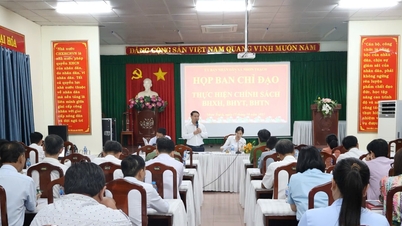







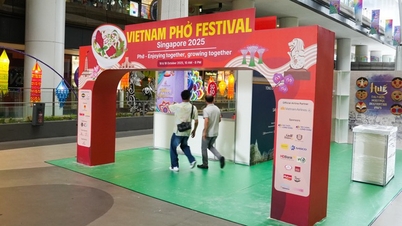






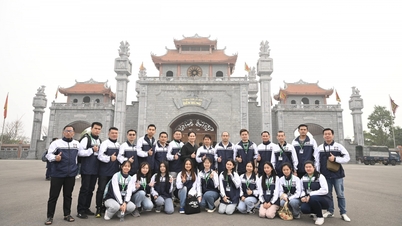


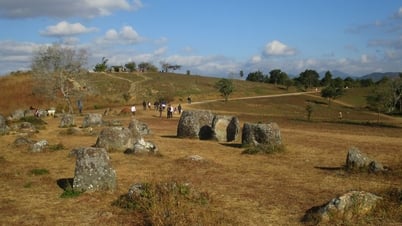
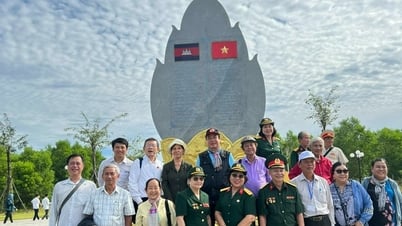
![[Photo] Nhan Dan Newspaper launches “Fatherland in the Heart: The Concert Film”](https://vphoto.vietnam.vn/thumb/1200x675/vietnam/resource/IMAGE/2025/10/16/1760622132545_thiet-ke-chua-co-ten-36-png.webp)







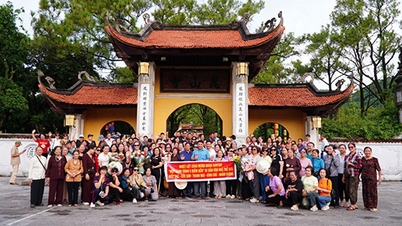








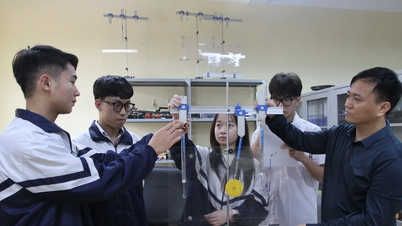









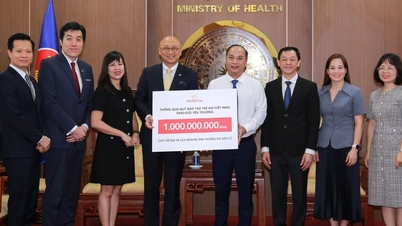

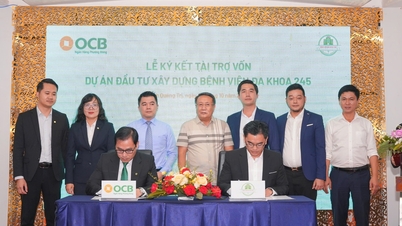

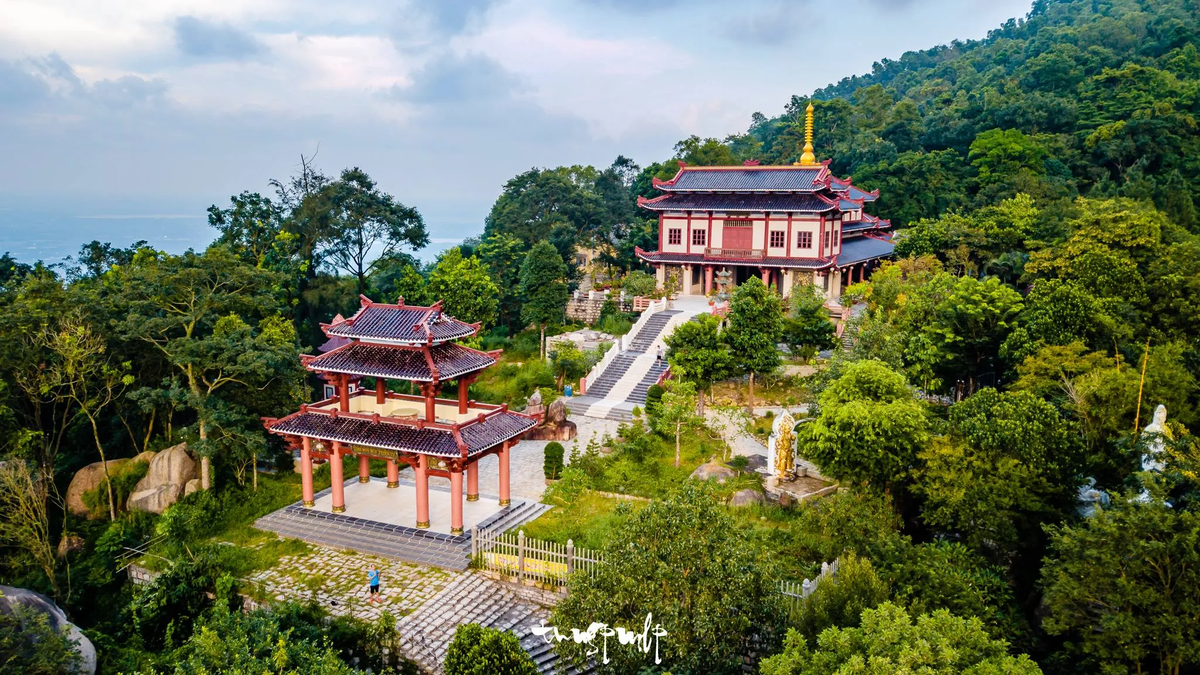














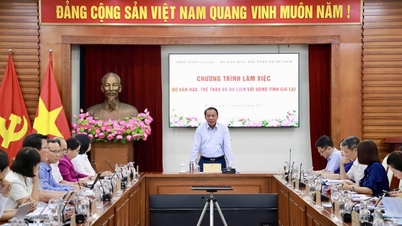
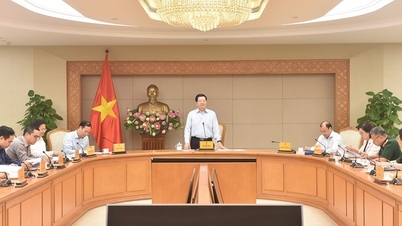
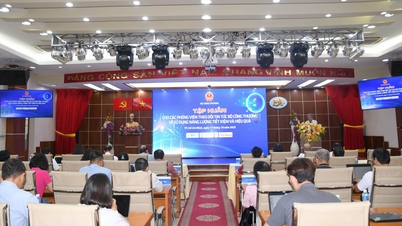



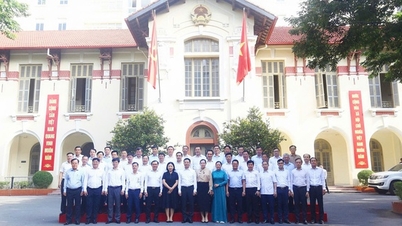

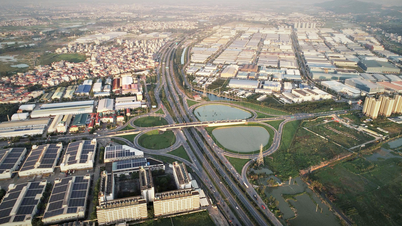

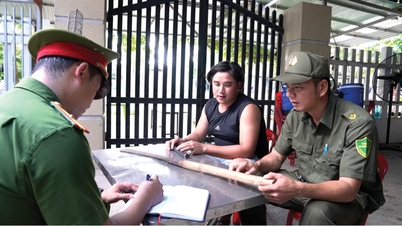



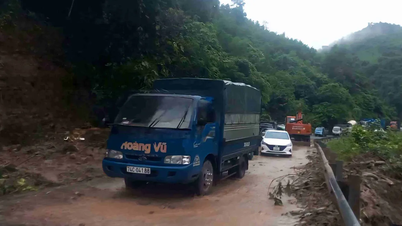
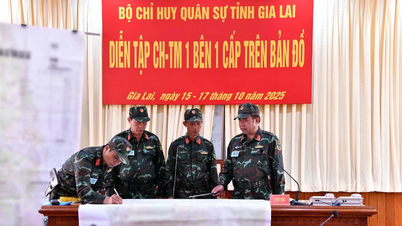
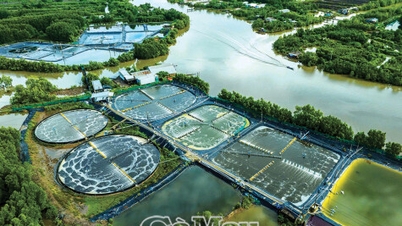


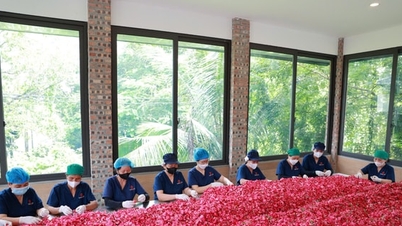














Comment (0)